Each day, Ukrainian soldiers trudge over a morass of dried mud. They stop frequently, staying low to the ground. For much of the day, they hunker in ditches and dig small trenches while they wait for their Soviet-era mine-clearing vehicles to complete their laborious task.
They know that a Russian unit is nearby. Perhaps just behind the tree line.
Russia has amassed 100,000 troops and more than 500 battle tanks just east of here, past Bakhmut. None of the soldiers know where those Russian troops will deploy, but everyone knows that they will deploy. Maybe they already have. A day without contact is exceedingly rare.
They can only hope that the unit doesn't attack again. They have lost men already and can't afford to lose their mine-clearing capability.
The Trident
It's this way along most of the front lines, which now sprawl more than 600 miles, bisecting the nation.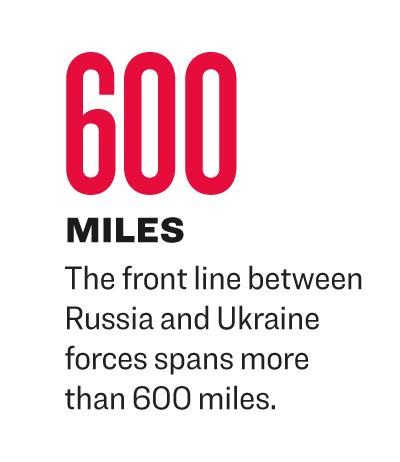
Just four months into Ukraine’s counteroffensive, the fighting is a meat grinder in which gains are measured in feet and never miles. Still, Ukraine pushes on, advancing slowly and relentlessly south and east into occupied territory.
It's making three key thrusts against the Russians, like points on the trident that defines Ukraine’s coat of arms.
In the south, Ukrainian forces are staging amphibious assaults across the Dnipro River near Kherson. Some of their greatest gains have been made along this stretch of river and, if they can push further, they may secure a path to occupied Crimea by the end of next year.
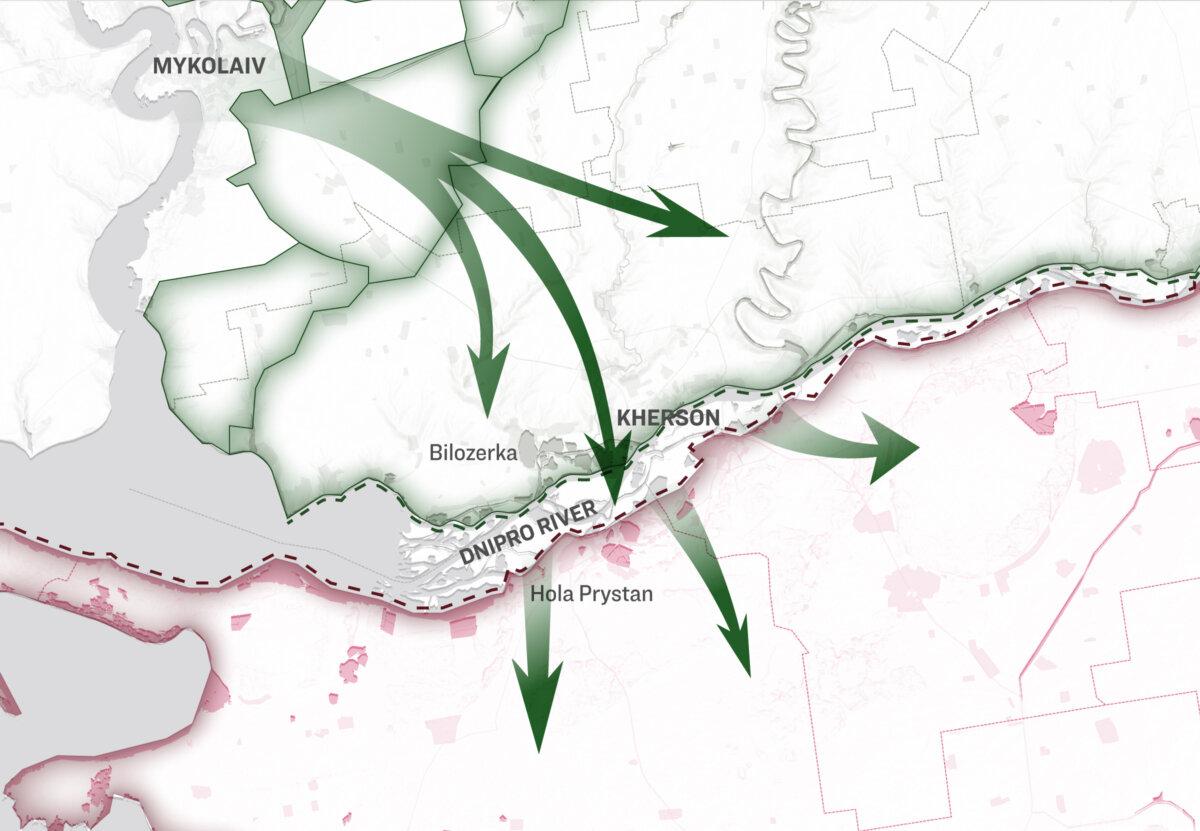
In the east, they march around the ruin of fallen Bakhmut and work to shore up defenses against an always-growing mass of Russian reserves.
Between these two points—at the tip of the trident—is key.
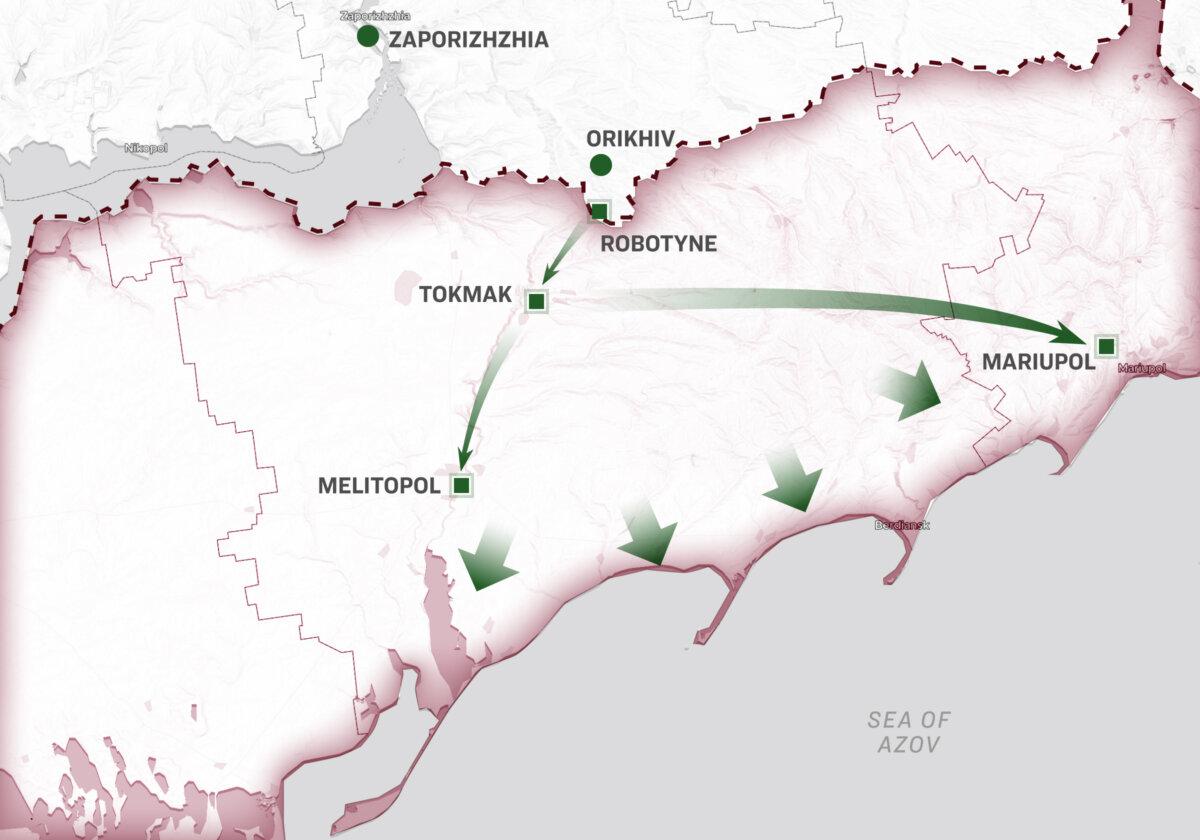
Robotyne, located in the Zaporizhzhia region, sits on the road between the frontline town of Orikhiv and the Russian-occupied rail hub of Tokmak. Its strategic placement could give Ukraine further ability to attack key Russian supply lines.
If Ukrainian forces can push from Robotyne into Tokmak—roughly 18 miles south—they could effectively split the Russian forces occupying the region north of the Sea of Azov, cutting off supplies to those located in Kherson and western Zaporizhzhia.
Moreover, it would give Ukraine a vantage from which to push southward through Zaporizhzhia province, toward the Sea of Azov, and to take either the occupied port city Mariupol, or Melitopol further west.
But 18 miles is a long way for an army moving the length of two football fields a day. Particularly with the brutal eastern European winter on the horizon.
To seize either Mariupol or Melitopol would come at great cost, no doubt, but would cut off thousands of Russian troops from their supply lines and deny Russia its only land bridge into Crimea.
Ukrainian leaders are tight-lipped about their intentions, and no one outside of command knows for sure in which direction the next push will go. But it's clear enough that they intend to claw back every inch of ground lost to Russia’s attempted conquest.
It's also clear that peace isn't imminent, nor is it currently being sought.
Victory—it's understood—will be achieved in years rather than months.
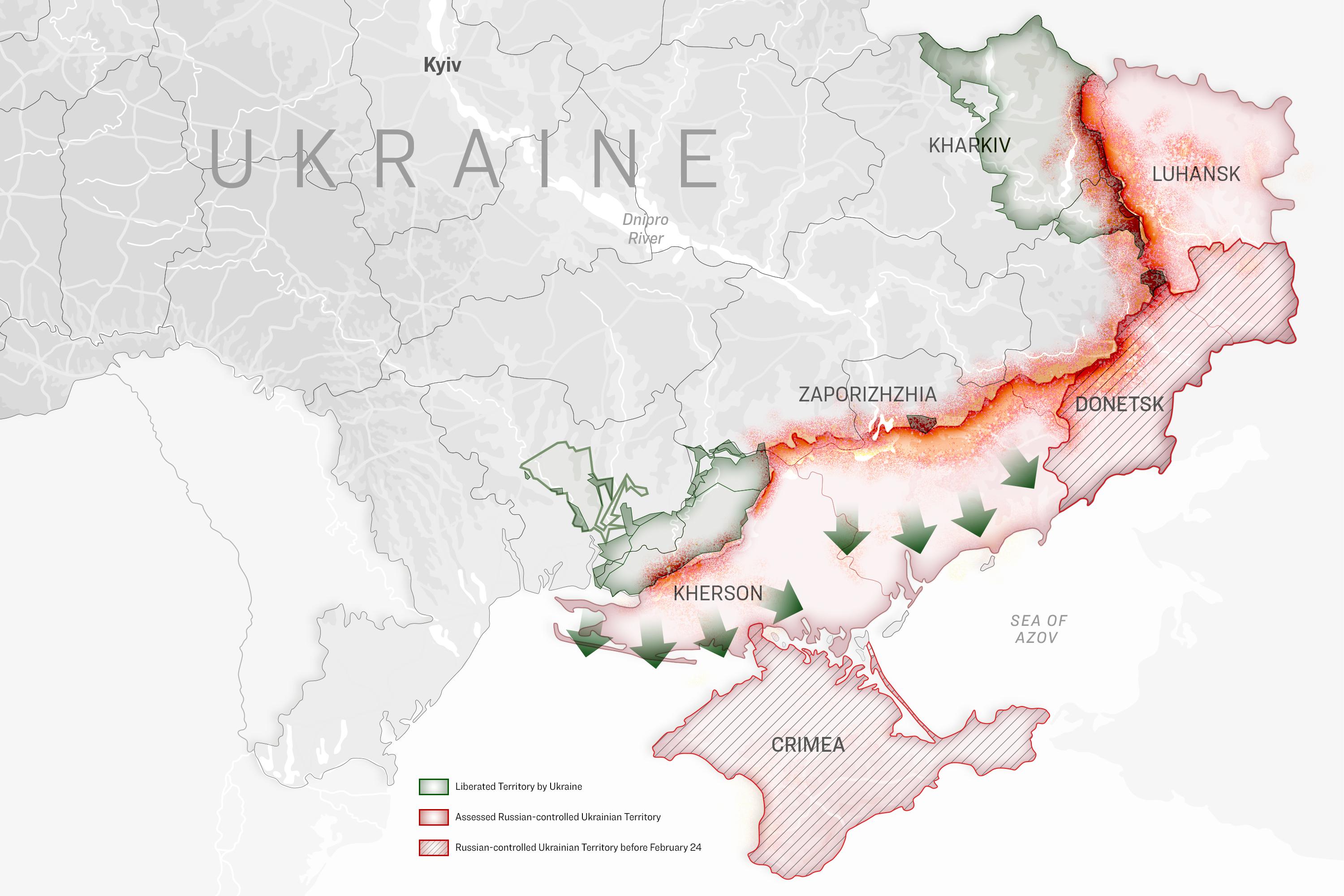
The Surge That Failed
How Ukraine’s much-hyped counteroffensive got to this vicious standoff is still a point of contention.When Ukrainian military leadership announced its counteroffensive on June 4, Western advisers urged a swift retaking of key points. The Ukrainian military, eager for better arms and equipment from their richer Western partners, complied—at least, at first.
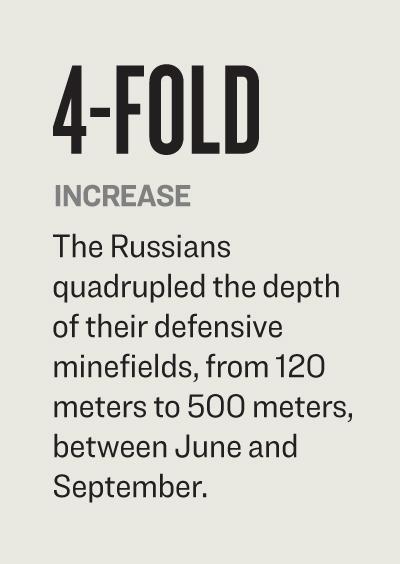
Mechanized troops roared to the task of breaking the Russian lines, only to become immediately bogged down in mud and minefields—perfect prey for Russian hunter-killer teams waiting in ambush.
Ukraine’s mine-clearing vehicles—outfitted to clear about 90 yards of mines—faced minefields five times that long.
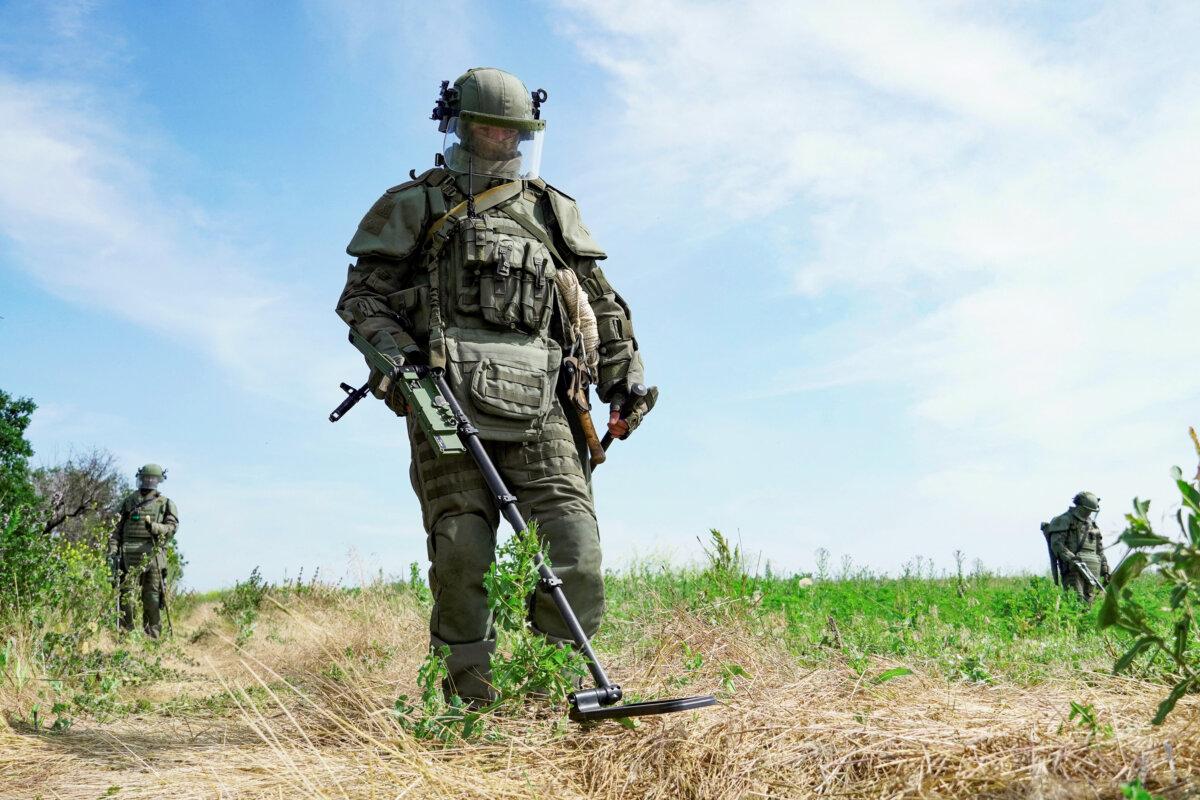
Still, while many Western advisers were frustrated with the lack of noticeable gains on a map, Ukrainian officers were beginning to adapt to the reality of the battlefield. Ukraine, they decided, would embrace the slow, agonizing, but winnable form of warfare that has now come to dominate the front lines.
The allies, he said, must accept the costs to come in order to prevent a greater cost that would inevitably be wrought by capitulating to Russia and thereby ushering in a new era of conquest.
Embracing the Meat Grinder
By pivoting away from the advice of foreign analysts and focusing on a slower form of maneuver warfare, Ukraine has retaken more than a dozen fortified villages in just more than two months.The strategy, fought primarily with small unit infantry assault augmented by precision fires from artillery, is fruitful but slow. Every step is hard fought.
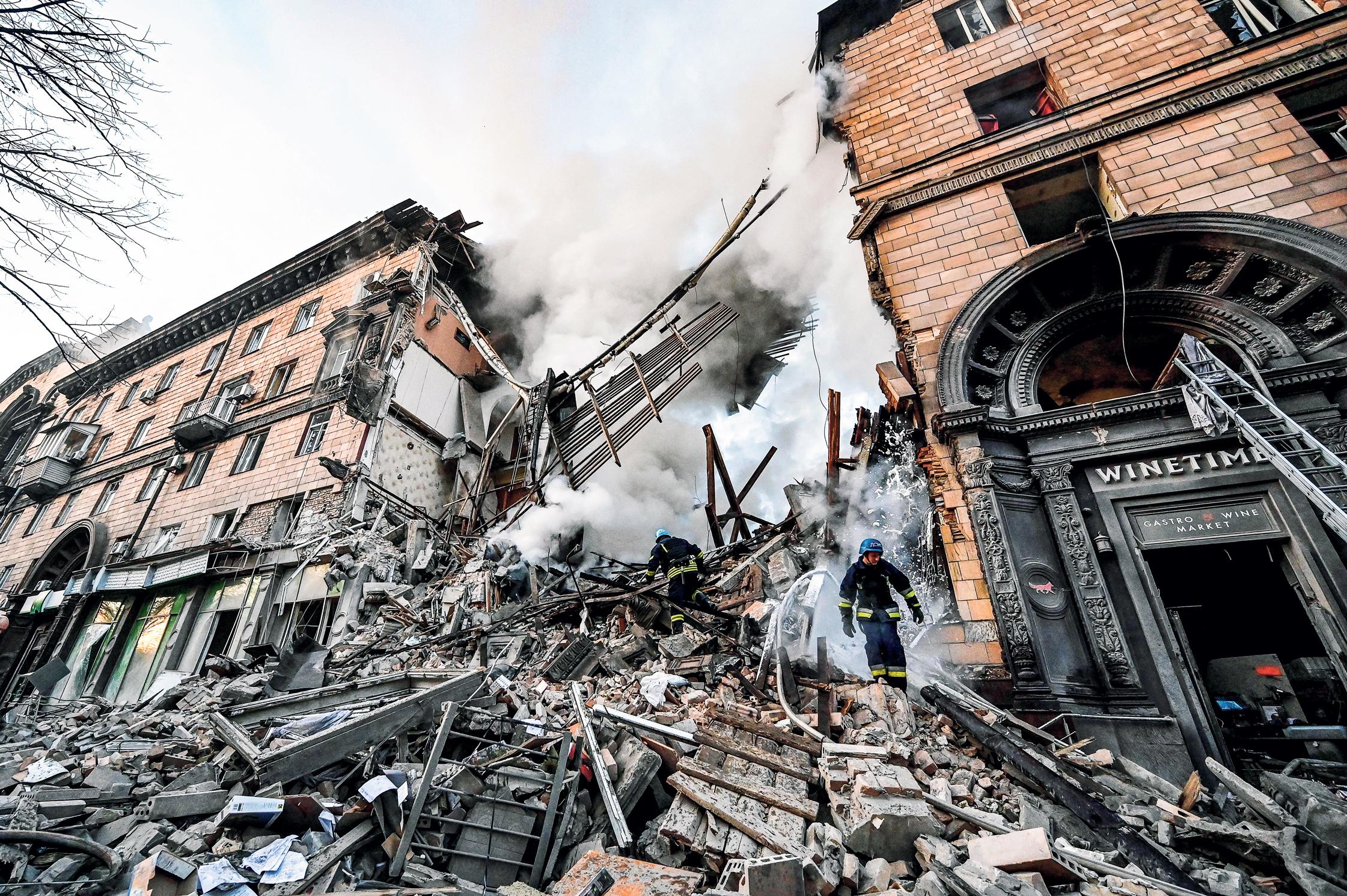
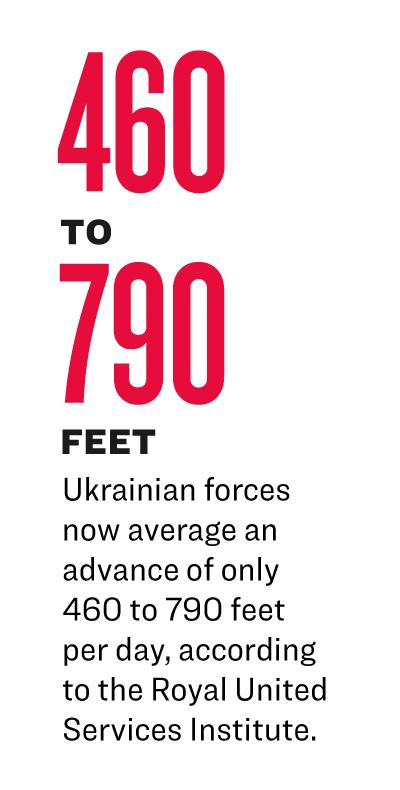
Brutal as it may be, that pace is allowing Ukraine to preserve much more of its manpower and equipment, whereas its previous attempts at rapid breakthrough wrought havoc on its already precious supplies.
“Ukraine recognized the realities of Russian defenses much faster than Western policymakers, who were expecting a rapid Ukrainian breakthrough,” Ms. Bugayova says in the report.
“The Ukrainian forces have done what successful militaries do. They have adapted and are now advancing.”
Western officials wanted a blitzkrieg but, in the most simple terms, Ukraine can't hold the territory that it gains if it goes any faster.
By delaying the culmination of the counteroffensive, Ukraine can ensure that it liberates the most territory possible and degrades a maximal amount of Russian capabilities on the way.
Still, the slow pace does grant Russian forces time to adapt as well, and they are.
Although they're losing ground, the Russian forces have solidified and are now conducting orderly withdrawals and successfully impeding Ukrainian advances even as they're in retreat.
Such rearguard actions, in addition to slowing Ukraine’s advance, also take their toll on Ukraine’s materiel.
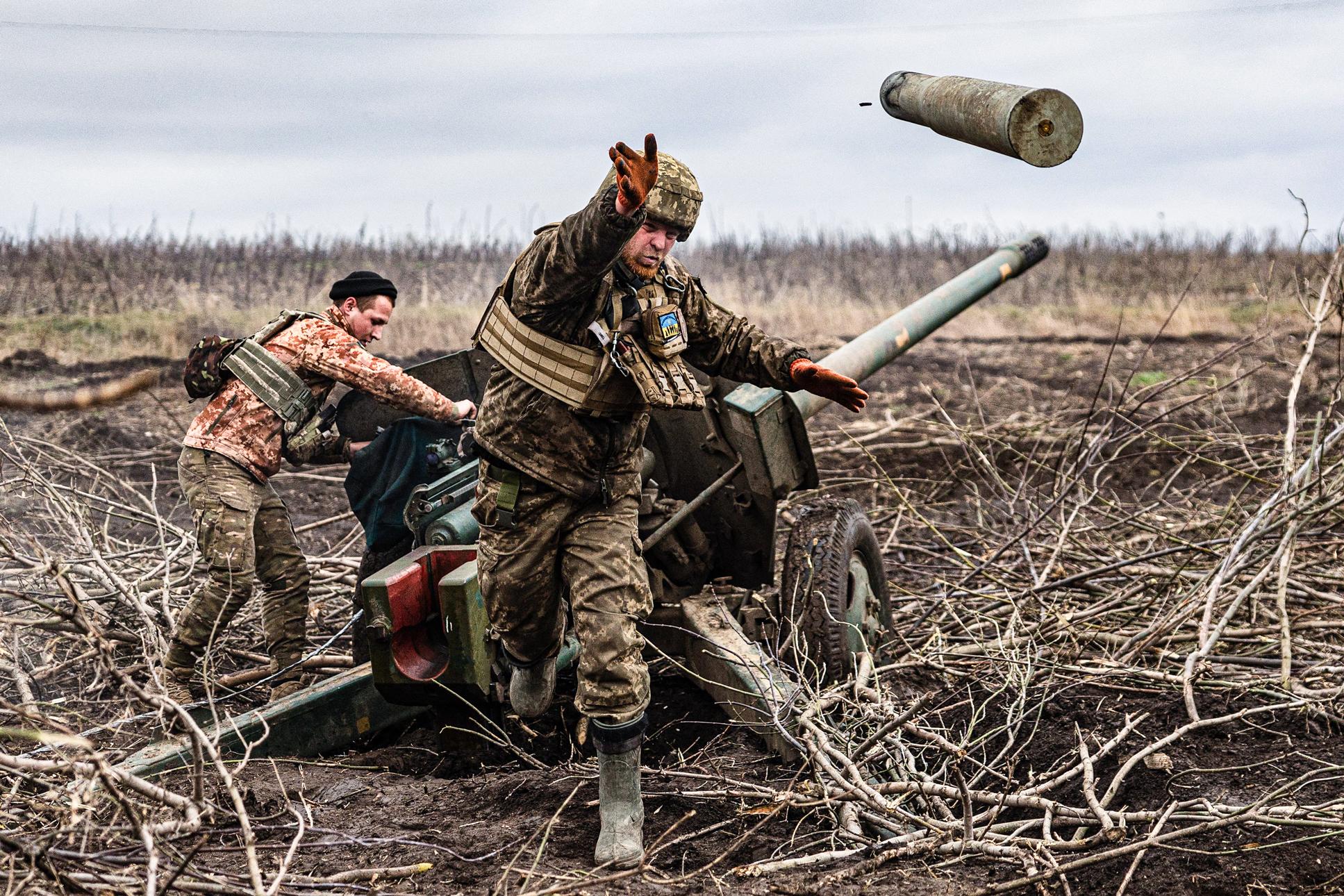
Thus, to maintain its hard-won momentum against such a massive enemy, Ukraine requires outside aid. That means continued security aid from Western allies not only in the near term, but perhaps for years to come.
To that end, Ms. Bugayova says that Western advisers need to embrace Ukraine’s way of war—not only for this counteroffensive, but through the winter and the next counteroffensive as well.
“Ukrainian operations can and will likely continue even in rain and mud, even if they occur at a slower pace,” she said.
“Ukraine can win this war militarily, but it will take more than one counteroffensive operation.”
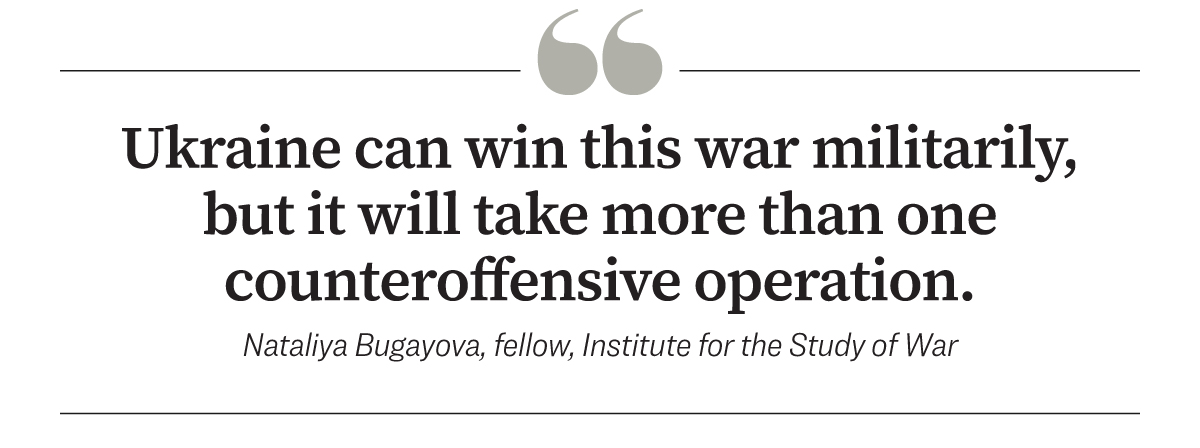
Munitions Shortages Alter Strategies
This dependence on the United States and its European partners raises a vital question.There's no doubt among the Ukrainian rank and file that they're in it for the long haul. Whether or not Ukraine can obtain the resources required to sustain that long haul is a separate matter, however.
Already, supply shortages have at various times critically impacted both Russian and Ukrainian operations. Leadership in Moscow and Kyiv have had to adapt to the reality that much-needed munitions are going to be in short supply for the foreseeable future.
Moscow, like Kyiv, began the war with an overwhelming reliance on artillery fire.
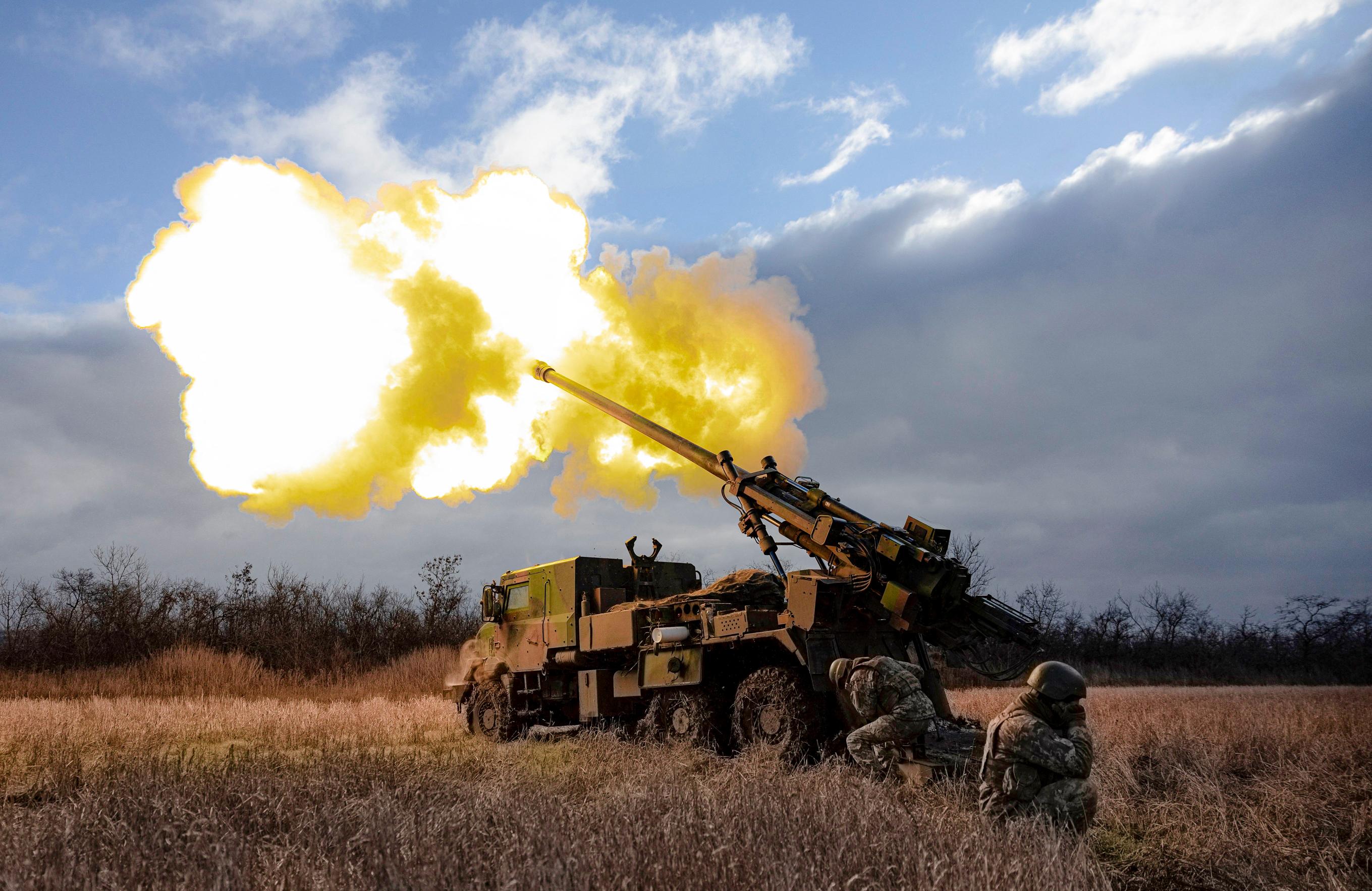
According to the RUSI report, Russian forces initially adhered to projections of how many shells would be needed for various types of engagements based on strategic doctrines from World War II. Now, in the second year of the war, Moscow has adapted to the fact that it simply doesn't have the ammunition or control the logistical routes necessary to sustain such rates of fire for very long.
Here, Ukraine has held an advantage in the east. Ukrainian forces’ ability to make advances, the RUSI report says, has been largely dependent on its ability to gain superiority in artillery fires.
“Outranging the Russians, combined with having better means for detecting enemy artillery and carrying out counterbattery fires, is an essential Ukrainian advantage,” the report says.
“This advantage is limited in its duration by the serviceability of Ukrainian artillery pieces, the availability of replacement barrels, and the continued supply of 155-mm ammunition.”
That’s a problem, as numerous NATO nations are now facing 155 mm munitions shortages themselves. Foremost among them is the United States.
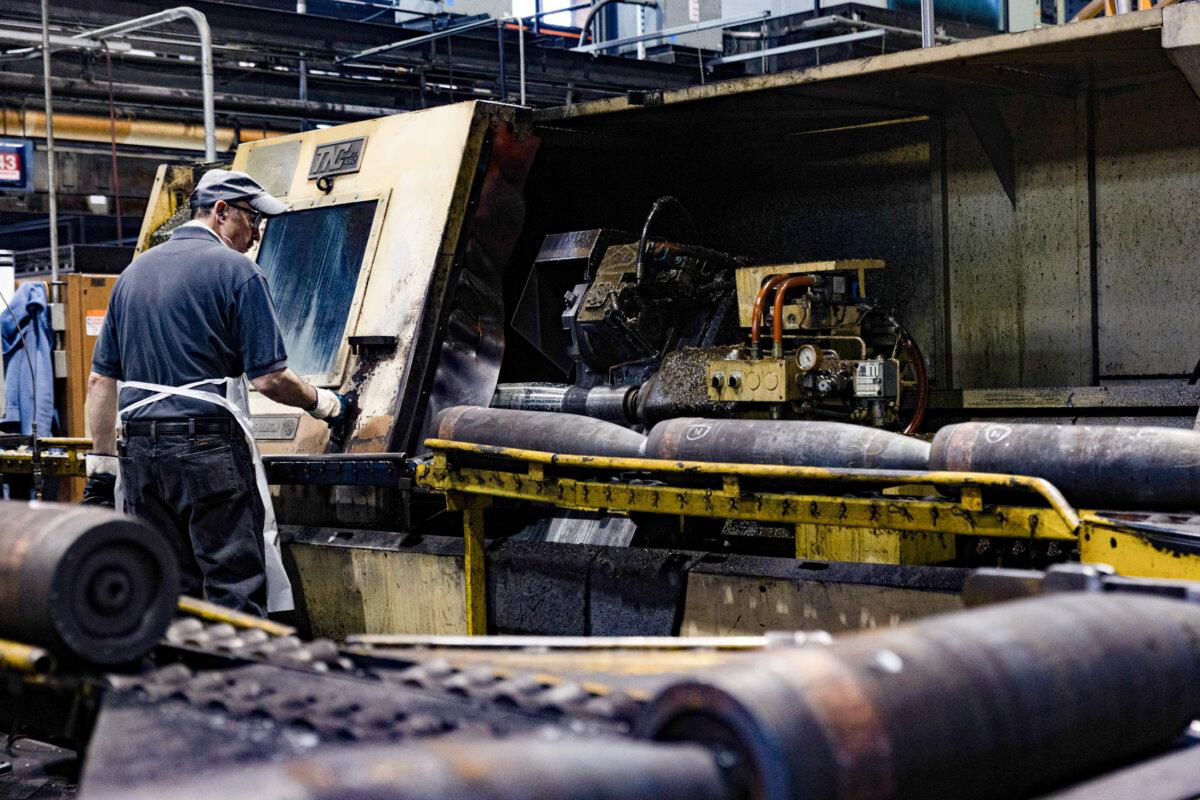
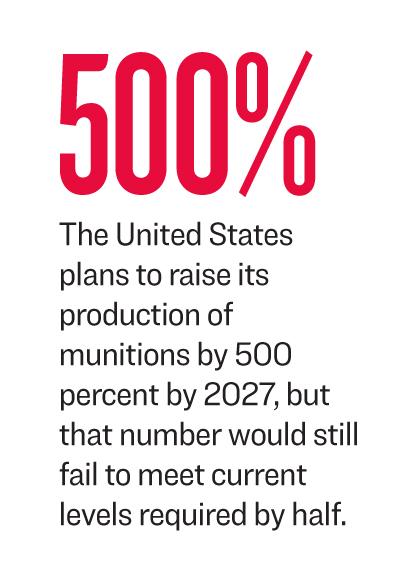
The Pentagon has taken steps to stop the hemorrhaging of its critical munitions stocks by purchasing ammunition for Ukraine from other countries rather than stripping its own stores.
How long the current balance can be kept is an open question, however. Allied stockpiles aren't infinite either, and some partners are already thinking about their own security concerns.
Planes, Tanks, and Automobiles
For its part, Ukraine is seeking to augment its counteroffensive with new capabilities, enhancing the posture of its infantry with armor, long-range drones, and advanced fighter jets.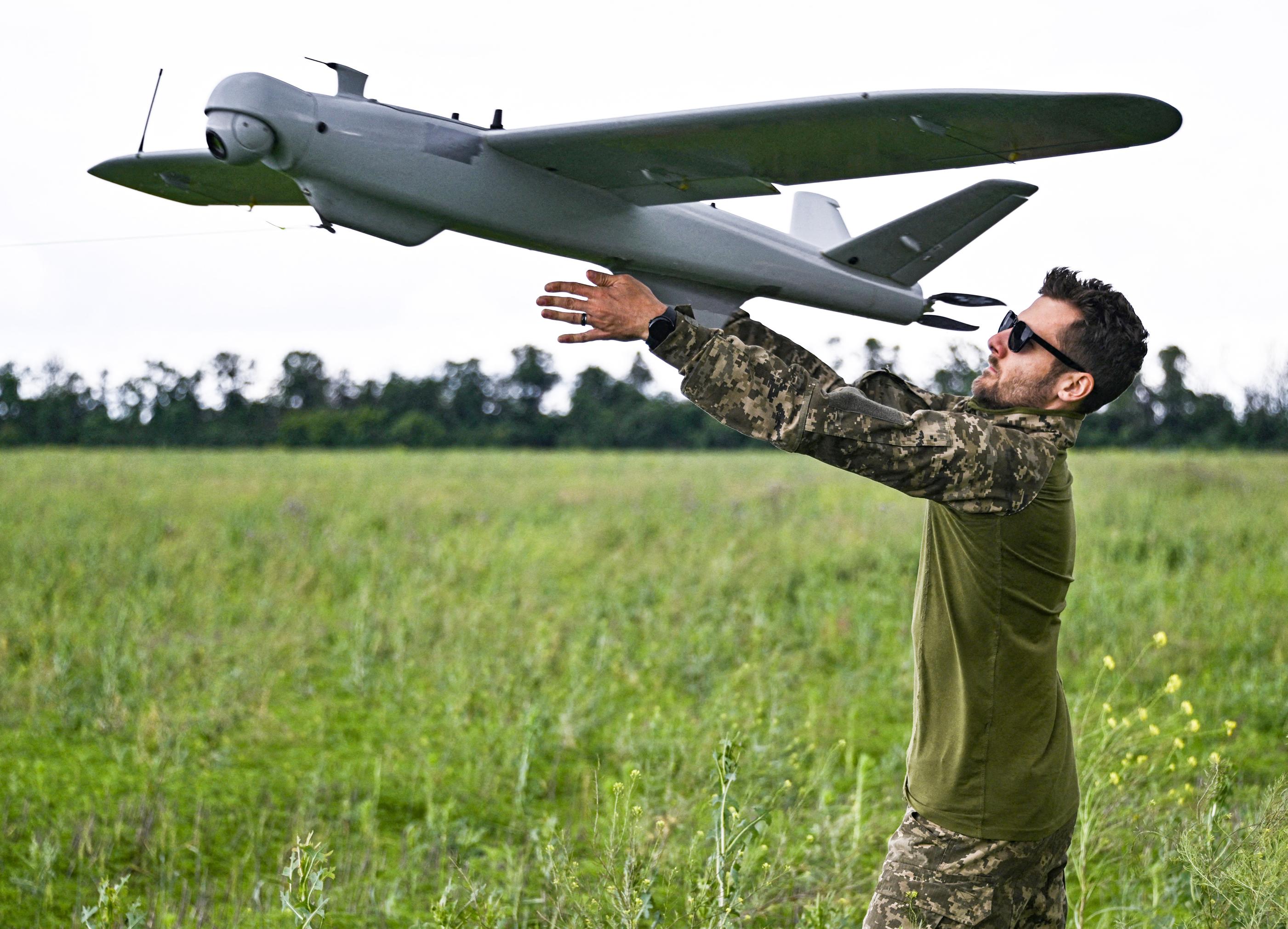
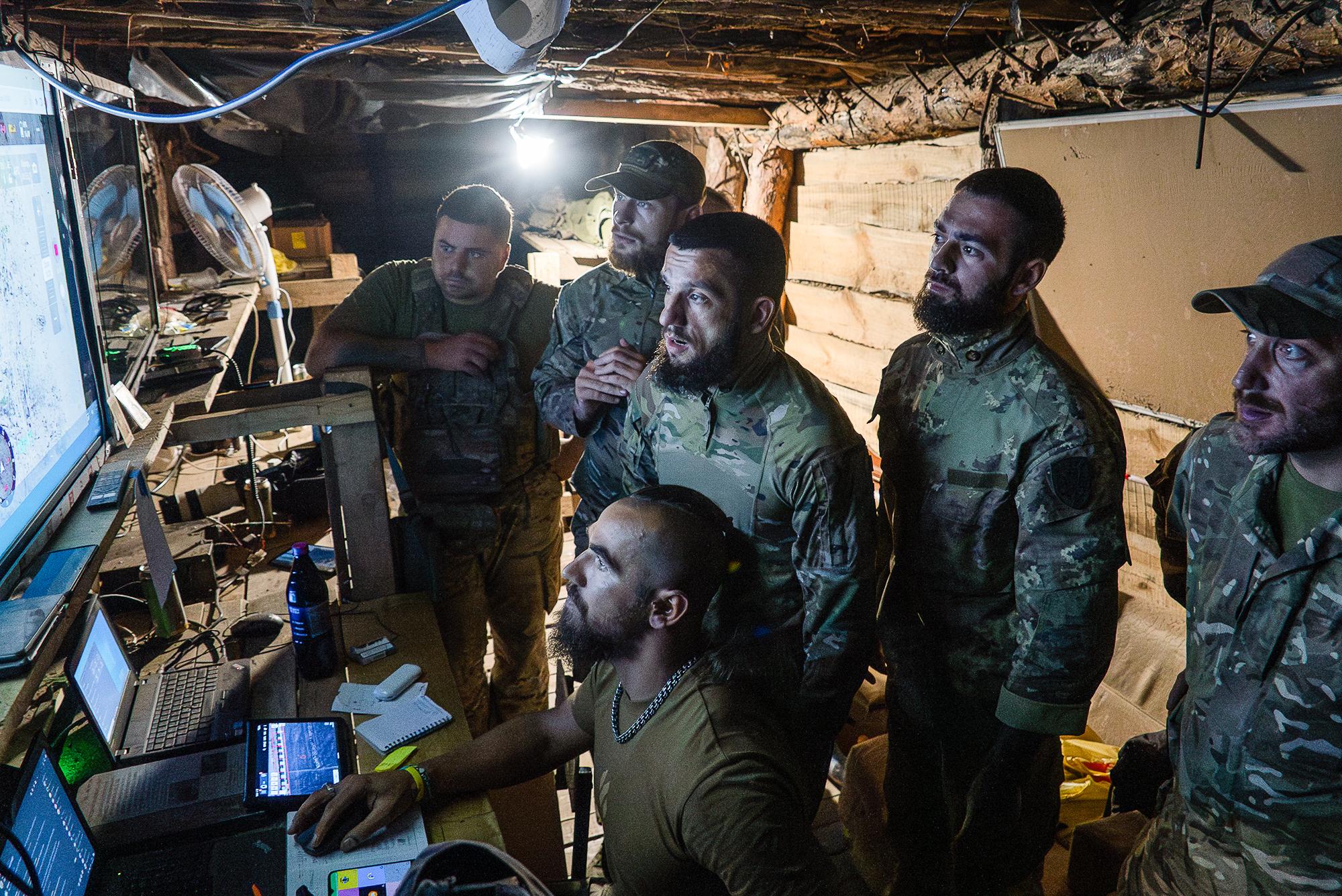
“[The] F-16 will certainly give new energy, confidence, and motivation to fighters and civilians,” Mr. Zelenskyy said in a message to the Ukrainian armed forces. “I’m sure it will deliver new results for Ukraine and the entire [European region].”
Ukraine has long sought the fighter craft but was stymied by the United States, which feared that providing the planes would increase the risk of nuclear conflict with Russia.
Much about the deal remains unclear, including precisely how many warplanes Ukraine will receive and how much time will pass before its pilots are flying the F-16 through Ukrainian and, possibly, Russian skies.
Likewise, it remains unclear how willing Ukraine is to stick to its promise to not use the aircraft to take the fight to Russian territory, possibly escalating a conflict already tense with threats of nuclear annihilation.
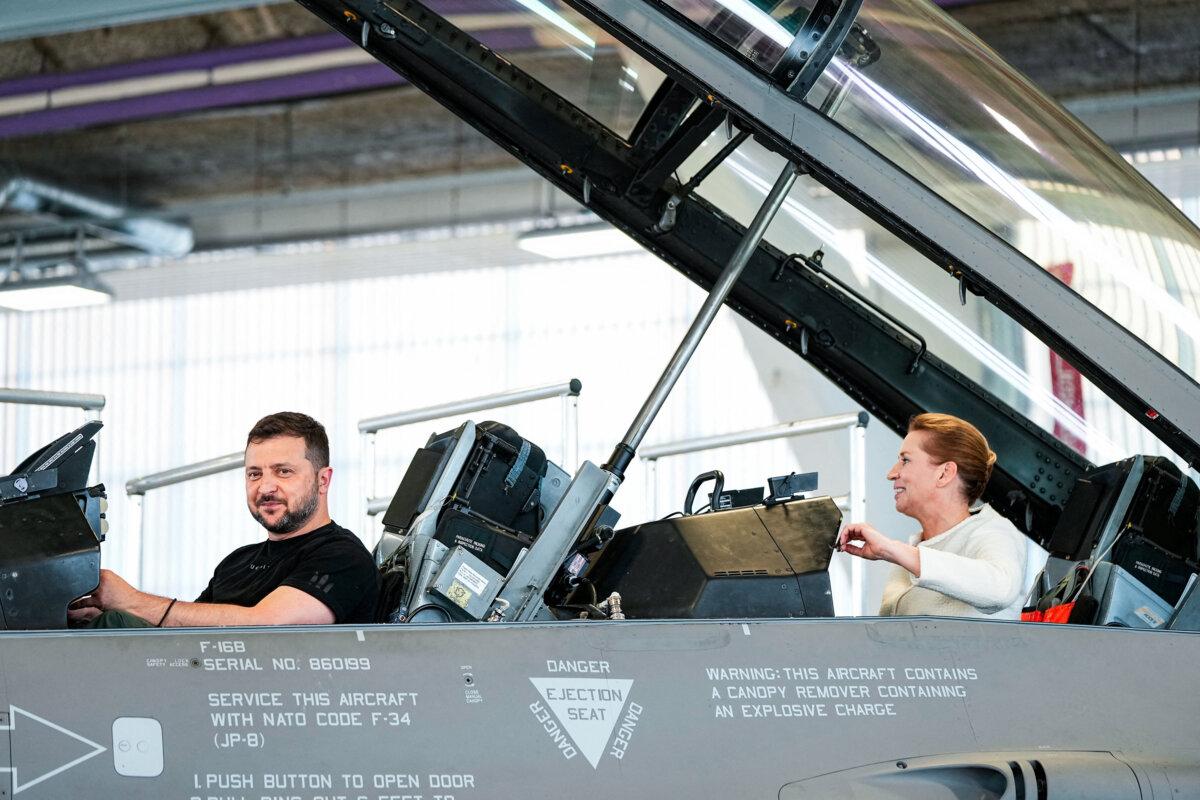
US Support a Wild Card
All of this support, however, highlights one potentially fatal weakness in Ukraine’s counteroffensive strategy: its reliance on the United States.As of Sept. 26, the United States had approved more than $113 billion in spending packages in response to Russia’s invasion of Ukraine. The vast majority of those funds have been spent through the Department of Defense and the U.S. Agency for International Development.
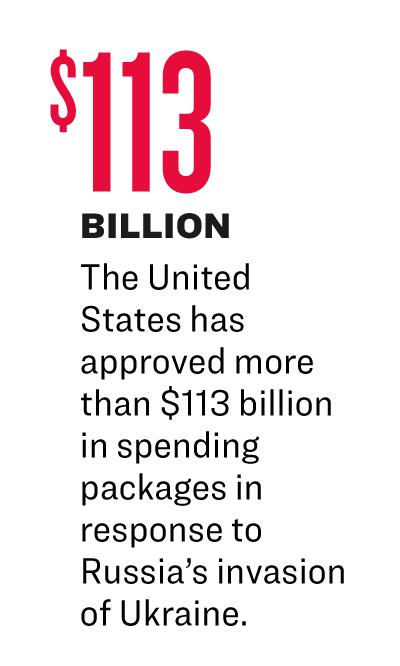
It isn’t clear how much more the United States can continue to spend. More importantly, it isn’t clear if the United States has the will to spend what it does have.
To that end, three Republican presidential hopefuls have made divesting from the war a priority on the campaign trail. Former President Donald Trump, Florida Gov. Ron DeSantis, and businessman Vivek Ramaswamy have all vowed to cut support from Ukraine and to seek peace with Putin.
Moscow may not need to wait out Ukraine in that case. It may just need to wait out the Biden administration.
That could mean big trouble for Ukraine, whose recapture of occupied territory will require funding mechanisms years in advance.

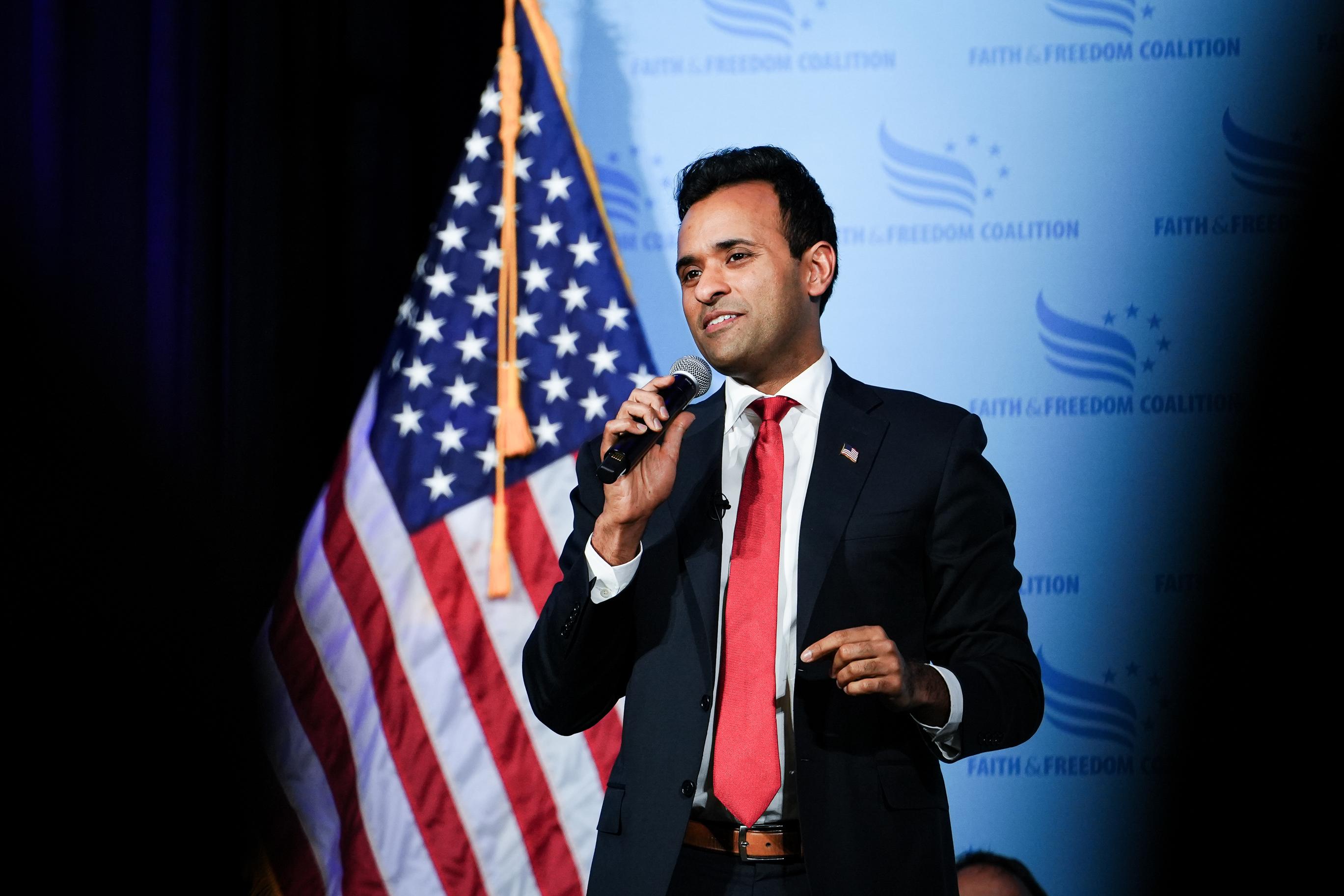
As the RUSI report finds, the decisions that will mold Ukraine’s successes in 2024 are already being made. Those to shape 2025 and beyond will arrive shortly.
Bloody Winters to Come
For its part, Ukrainian military leadership isn't going to wait for a chance to launch another counteroffensive. It appears intent on making the most of the support it does have and fighting even as bitter winter sets in.“In the cold, wet, and mud, it is more difficult to fight. [But] fighting will continue. The counteroffensive will continue.”
It's likely that Russia hopes to stall Ukraine during the colder months by increasing attacks on food and energy infrastructure as it did last year.
To that end, keeping pressure on Russia, limiting its ability to hit infrastructure and build reserves, will be a key objective for Ukraine throughout the season.
“Ukraine’s current offensive operations are likely to continue into the autumn, but the question should be asked whether actions can be taken now to maintain the pressure through the winter,” the RUSI report says.
Even should Ukraine fight, and fight well through the winter, there remains the problem of the sheer size of territory to be liberated.
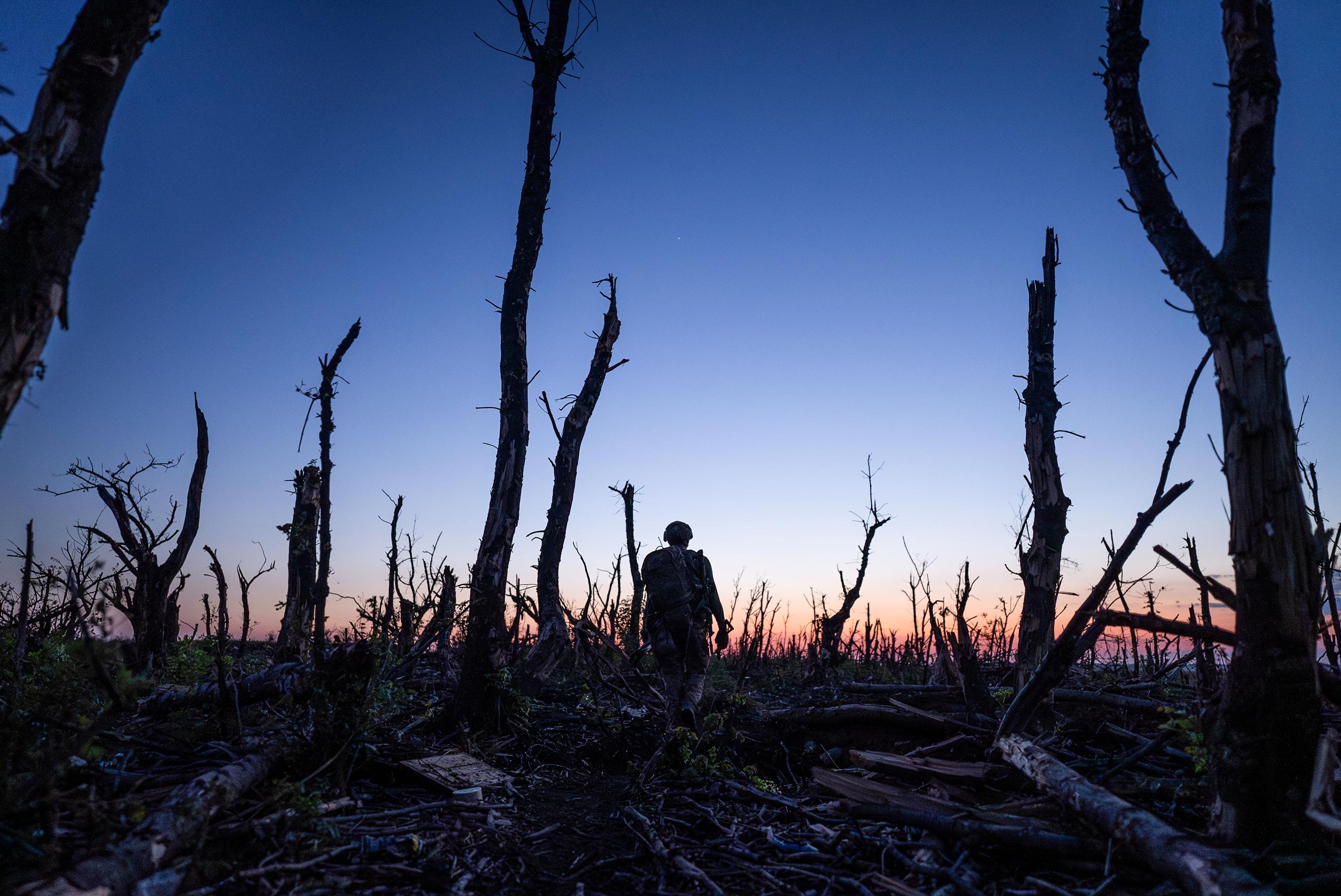
There remains, however, more than 62,000 square miles of Russian-occupied territory in eastern and southern Ukraine. Importantly, that number doesn't include the illegally annexed territories in Crimea, Donetsk, and Luhansk, which now operate under Russian puppet governments.
If these territories are included as Russian-occupied Ukraine—which U.S. officials have suggested they should be—the total area remaining to be liberated is roughly 106,000 square miles.
Ukraine, therefore, has liberated only approximately one-tenth of the occupied territory in the east and south.
“Irrespective of the progress made during Ukraine’s counteroffensive,” the RUSI report says, “subsequent offensives will be necessary to achieve the liberation of Ukrainian territory.”
If the Ukrainian advance is to be maintained, then, the country will need to fight and receive massive amounts of money and materiel from allies for years to come.

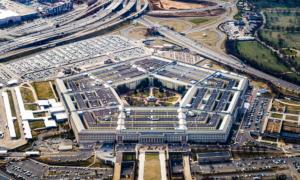
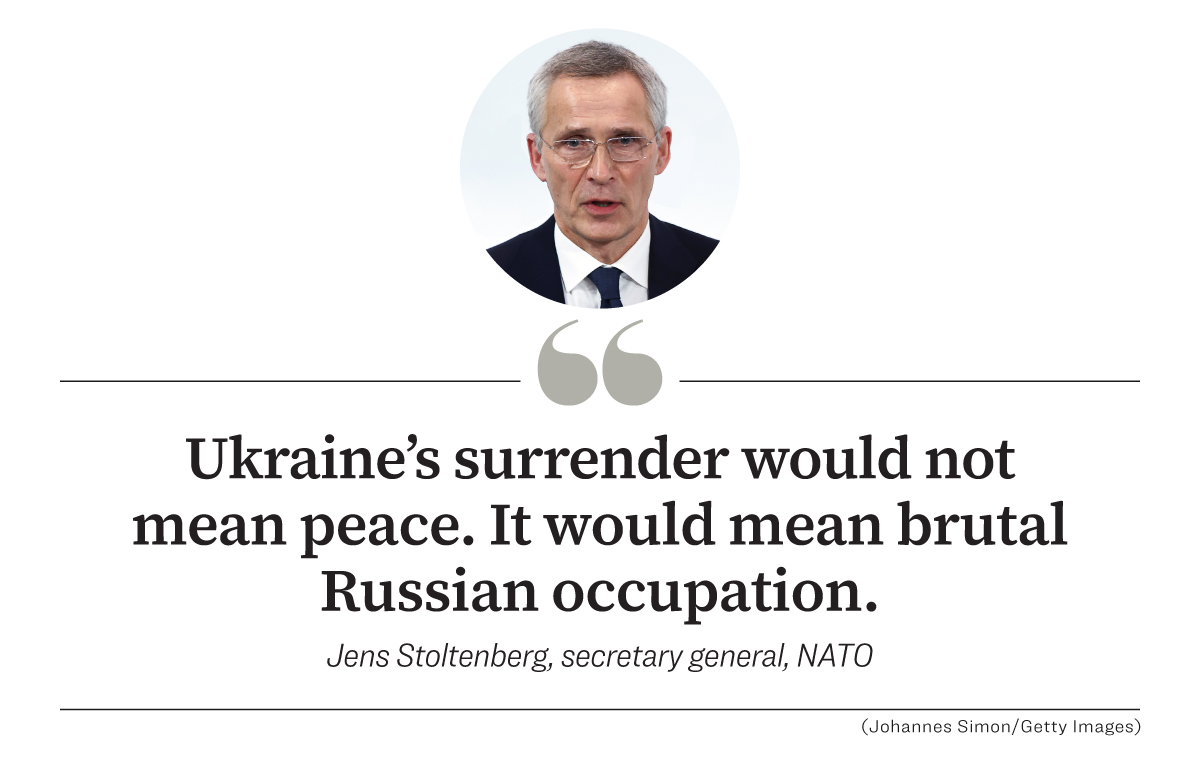
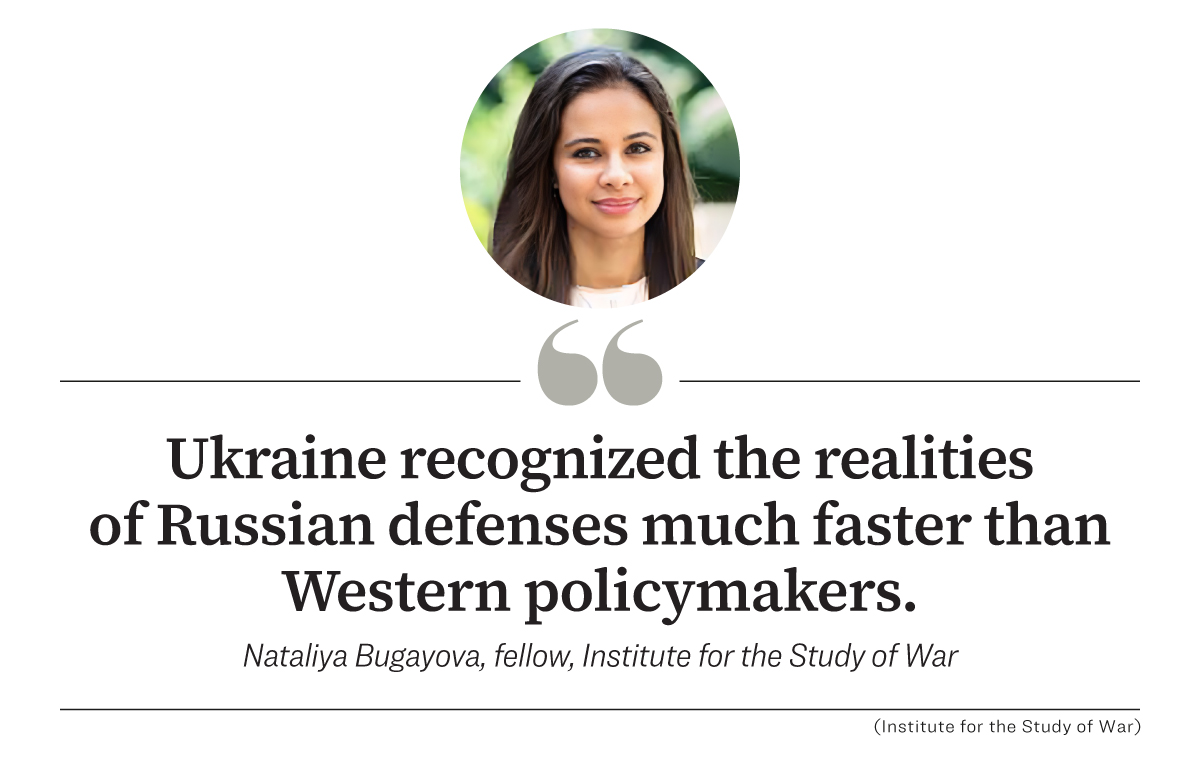
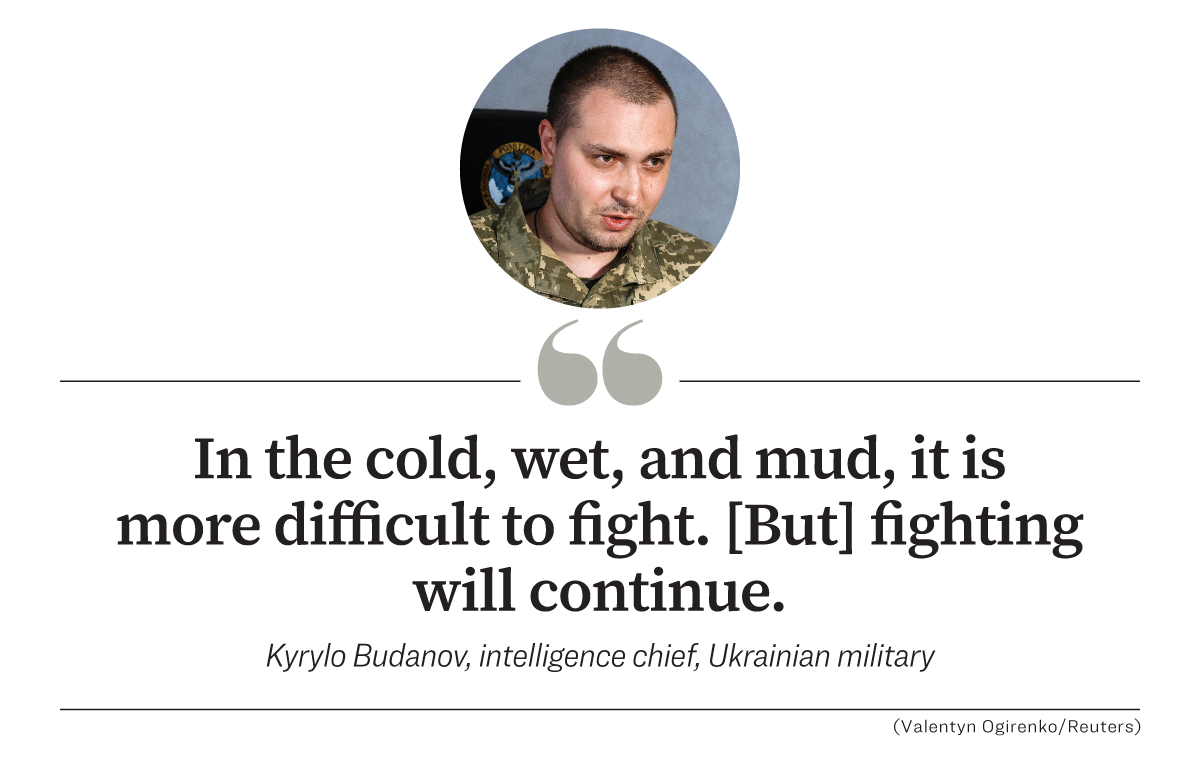
No comments:
Post a Comment